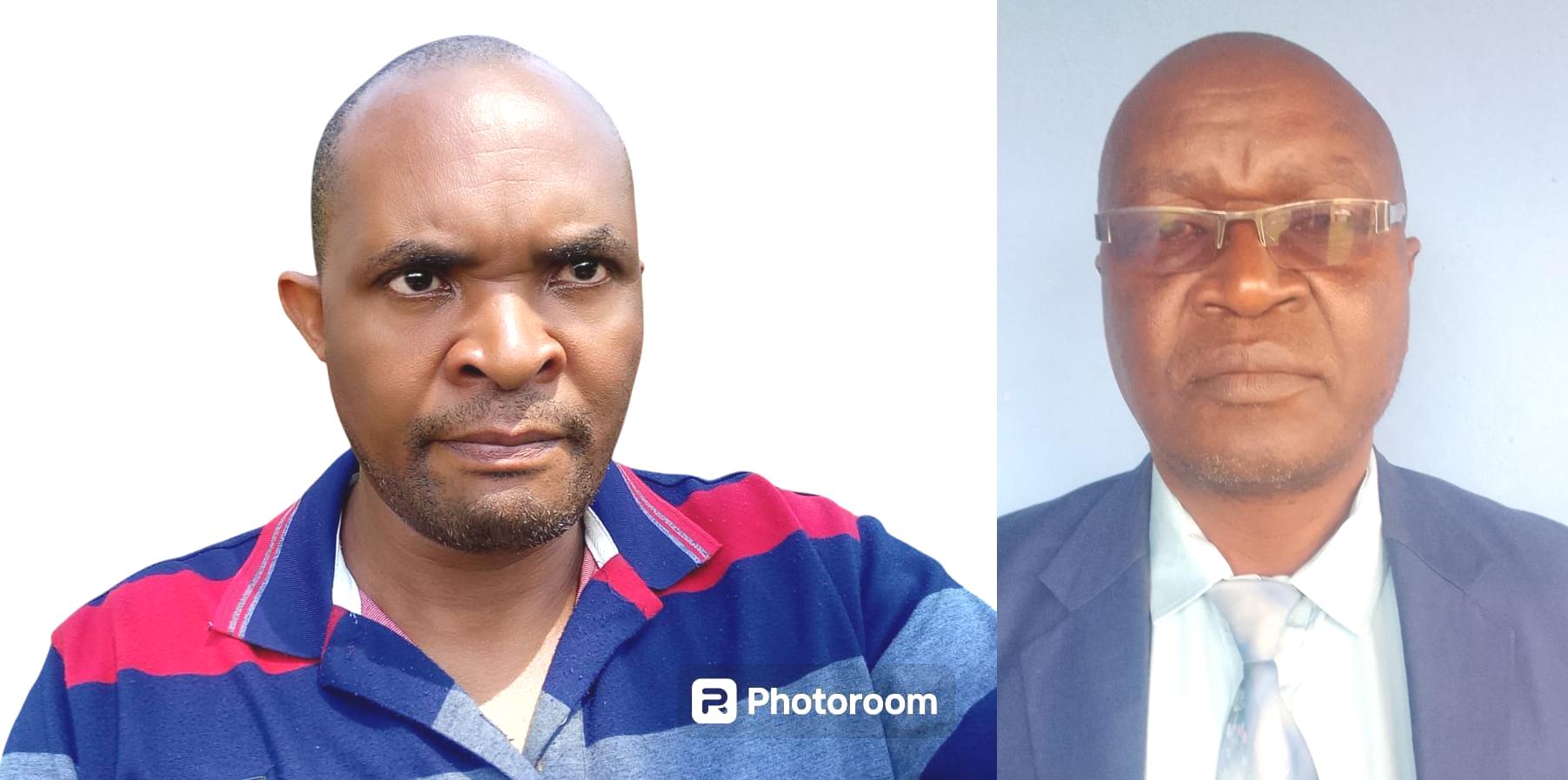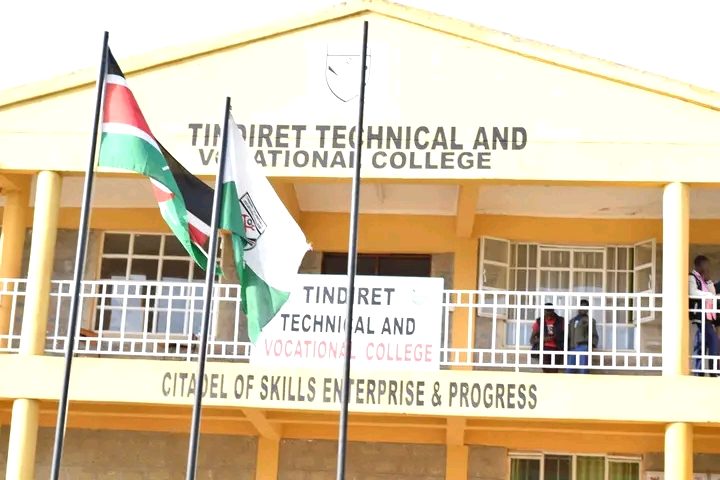In his recent article published by Education News titled “Kenya is the only country in the world where JSS is managed by primary school head teachers,” education commentator Hillary Muhalya argued that Kenya stands alone globally in placing Junior Secondary Schools (JSS) under the management of primary school teachers.
While Muhalya’s position captures the frustration many educators feel over the handling of JSS under the Competency-Based Curriculum (CBC), his claim is overstated, misleading and devoid of comparative educational context. Kenya’s arrangement is neither unique nor permanent – it is a transitional and pragmatic policy decision that mirrors similar phases in other countries’ education systems. Muhalya’s misleading assertions cannot go unchallenged.
Education systems worldwide are designed to fit national contexts, not a universal blueprint. To declare that Kenya is “the only country” with such a model is to disregard the diversity of education structures globally. In Ghana, for example, the education framework operates under a Basic Education structure that includes Primary 1–6 and Junior High School 1–3, all administered by the Ghana Education Service. In smaller or rural institutions, the same headteacher may oversee both levels. Similarly, Nigeria’s Universal Basic Education (UBE) integrates nine years of learning – six in primary and three in junior secondary – under a unified administrative system. In many rural Nigerian schools, one headteacher manages the entire institution. If Kenya’s model is to be labelled an anomaly, then Ghana and Nigeria must also be considered anomalies, which clearly they are not.
Beyond Africa, several countries operate integrated systems that span early childhood to lower secondary education under a single head. Australia, Canada, and Finland, for instance, have multi-grade schools managed by one headteacher or principal, often covering classes from Kindergarten through Grade 9. These structures are born out of necessity and efficiency, especially in sparsely populated areas. Thus, Muhalya’s assertion that Kenya’s model is globally unprecedented collapses when subjected to global comparison.
Furthermore, the Presidential Working Party on Education Reforms (PWPER) explicitly stated that hosting JSS in primary schools is a temporary measure. The decision was based on infrastructure availability and the urgent need to accommodate learners transitioning from Grade 6. Kenya faced a logistical reality: most secondary schools lacked the space to host JSS cohorts immediately. The solution – utilising available primary school infrastructure – was practical, not ideological. To interpret this transitional arrangement as a permanent structural flaw is to misread policy intent.
Kenya’s education reform, like all major overhauls, must be understood as a process. The CBC was not designed to create permanent administrative confusion but to redefine learning pathways. It will take time for the system to stabilise, for teacher deployment to align with new demands and for facilities to evolve. Many countries that have undergone curricular reforms have navigated similar transition phases. Ghana, Nigeria, and even South Africa have had to realign administrative structures to suit evolving curricula. The temporary placement of JSS in primary schools does not mark Kenya as an outlier; it marks Kenya as a system in motion.
READNALSO:
Teachers in Malindi urged to step up efforts to complete syllabus ahead of exams
It is also crucial to clarify that being a “primary school teacher” does not automatically render one incapable of managing a junior secondary section. Educational management is not a matter of titles but of competence, leadership, and training. Many Kenyan headteachers hold degrees and have undertaken advanced management courses that qualify them to run multi-level institutions. Around the world, headteachers manage institutions with learners across various developmental stages. What matters most is professional capacity, not the historical designation of one’s teaching level. Muhalya’s argument that primary teachers are ill-suited for JSS leadership, therefore, rests on a false premise.
The claim further distracts from the real issues affecting JSS implementation – teacher shortage, resource constraints, and infrastructure gaps. Blaming primary school administrators for systemic challenges is simplistic. The government’s transitional plan was a response to the logistical bottlenecks of implementing the CBC nationwide, not an indictment of teacher professionalism. The energy expended on debating who manages JSS could be better directed toward ensuring adequate laboratories, libraries and digital learning spaces in schools.
In comparative education, Kenya’s case is far from unique. Systems are continuously restructured to reflect national realities. For instance, in Tanzania and Uganda, early models of lower secondary education were initially managed through community schools attached to primary institutions before evolving into independent entities. Similarly, in the Philippines, the K–12 reform introduced integrated schools that combined elementary and junior high levels under a single management during its rollout phase. These examples illustrate that integration during transition is a globally accepted practice, not a Kenyan aberration.
It is also essential to distinguish between management and instruction. Kenya’s Teachers Service Commission (TSC) has deployed subject-specific teachers to JSS, many of whom have secondary-level qualifications. These teachers work under the supervision of headteachers to ensure the smooth running of the new segment. Thus, even where management overlaps with the primary section, instructional leadership remains professional and specialised. This hybrid structure allows the system to function while longer-term adjustments take shape.
Education reforms succeed not through rigid structures but through adaptability. Kenya’s CBC reform is ambitious, aiming to nurture competencies rather than rote learning. Transitions of this scale require flexibility, patience, and collaborative problem-solving. To sensationalise administrative arrangements as evidence of national mismanagement undermines both the reform’s purpose and the dedication of teachers, hindering its effectiveness on the ground.
My position is that, rather than amplifying alarmist claims, the national conversation should focus on how to strengthen systems during the transition. Kenya’s educators, policymakers, and communities are grappling with a complex reform that demands innovation and endurance. The question we should ask is not “Why are primary teachers managing JSS?” but “How can Kenya best structure its education system to serve learners effectively as it evolves?”
Muhalya’s article succeeds in drawing attention to legitimate concerns about JSS administration, but his conclusion that Kenya is the only country with such an arrangement is inaccurate. Global evidence shows that integrated management of lower secondary levels within primary institutions is common in transitional or resource-constrained systems. Kenya is part of that global story – a nation navigating reform with courage, imperfection and vision. The world is not laughing at Kenya; it is watching a young education system reinvent itself.
By Ashford Kimani
Ashford teaches English and Literature in Gatundu North Sub-county and serves as Dean of Studies.
You can also follow our social media pages on Twitter: Education News KE and Facebook: Education News Newspaper for timely updates.
>>> Click here to stay up-to-date with trending regional stories
>>> Click here to read more informed opinions on the country’s education landscape
>>> Click here to stay ahead with the latest national news.






